Blog
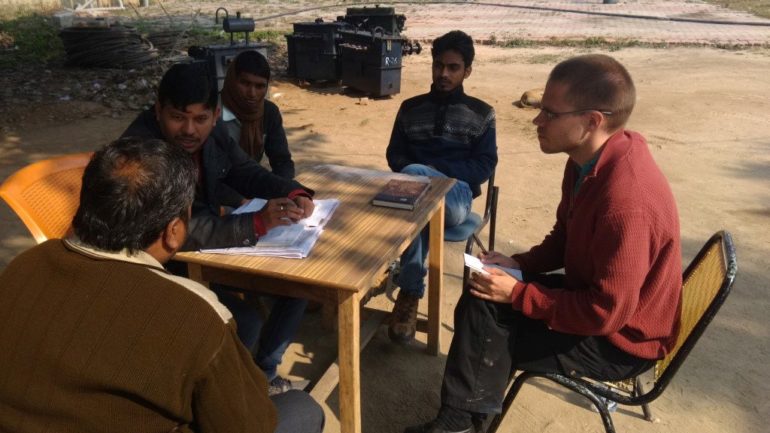
ISEP Kicks Off 2018 with Energy Access and Sustainable Energy Research in India
For the ISEP team, January 2018 will be a very busy month. Taking advantage of the break between fall and spring semester at our universities, we kick off the new year with new energy access and sustainable energy research in India.
As I make my way from my northern home town in Finland to our India base in Lucknow, Uttar Pradesh, I review some of our ongoing and upcoming engagements. All told, 2018 is shaping up to become an incredible year for this line of research – let’s hope concrete action follows!
- Understanding Rural Electricity Demand with Smart Power India and the Rockefeller Foundation
Our largest project to date is a collaboration with Smart Power India and the Rockefeller Foundation to understand electricity demand in rural India. We are now preparing for a pilot of our survey questionnaires and other study instruments. If all goes well, we will begin the full survey in February – 10,000 households and 2,000 rural enterprises in 200 villages across four states.
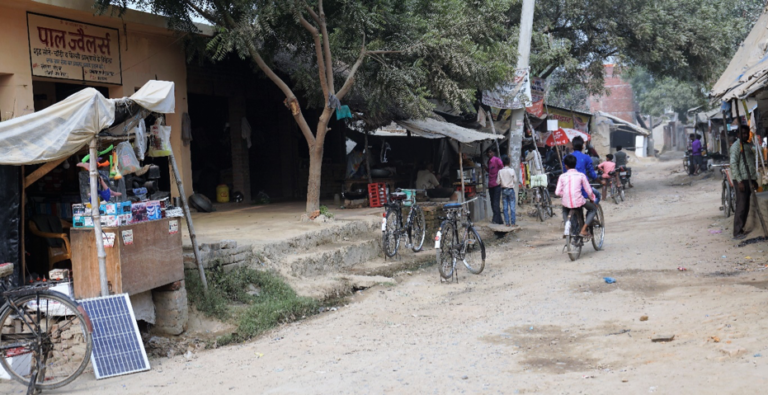
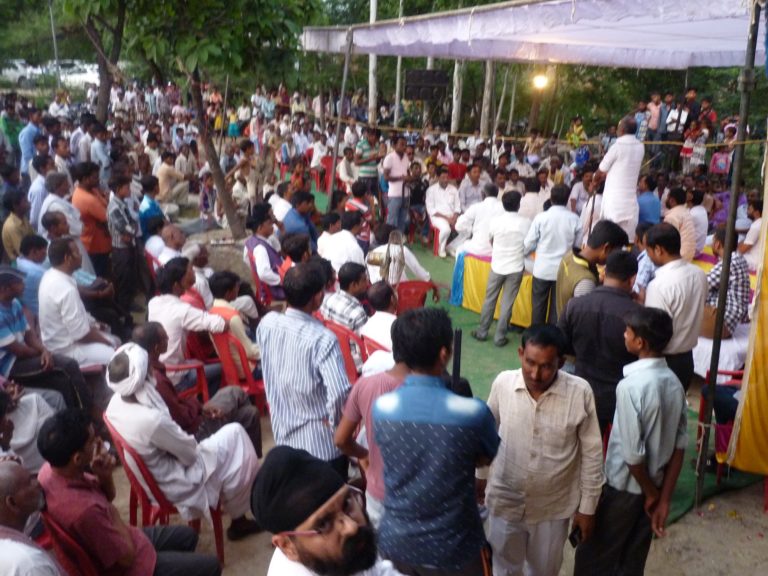
- Improving Power Sector Governance in Uttar Pradesh with Council on Energy, Environment and Water
Another major collaboration that is set to begin is with the Council on Energy, Environment and Water (CEEW). Funded by the Shakti Sustainable Energy Foundation, the project develops strategies for improving the governance of the power sector in India’s largest state, Uttar Pradesh. ISEP leads the development of a statistically representative survey of the prevalence and acceptance of power theft in both rural and urban areas. Our pilot survey begins this week and we hope to start data collection by early February.
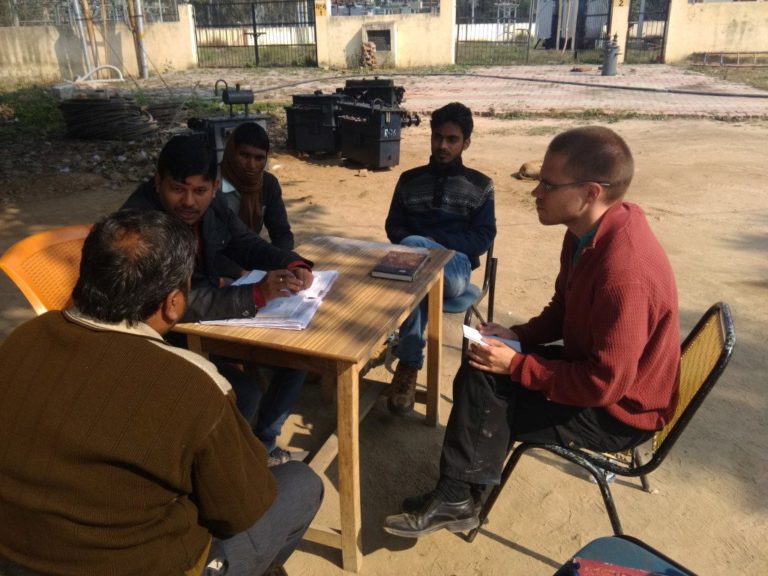
- Links Between Rural-Urban Migration and Forest Degradation in Central India
ISEP also collaborates with Columbia University in a NASA-funded project on examining the linkages between rural-urban migration and forest degradation in central India. We finished piloting in December and will begin the large-scale survey – 5,000 households across 500 villages in forest areas of central India – in late January.
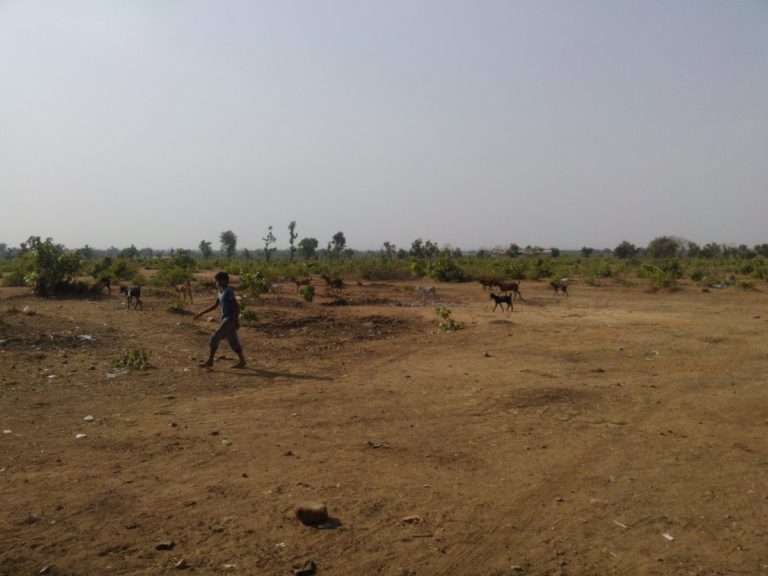
- Behavioral Effects of Solar Lighting in Rural India
With support from the Solar Villages Project, we examine how the distribution of free solar lanterns – the most basic form of energy access there really is – shapes time use, productive activities, and other behaviors in rural India. Working around the city of Varanasi, our pilot is ongoing and we hope to launch the full experiment by end of January.
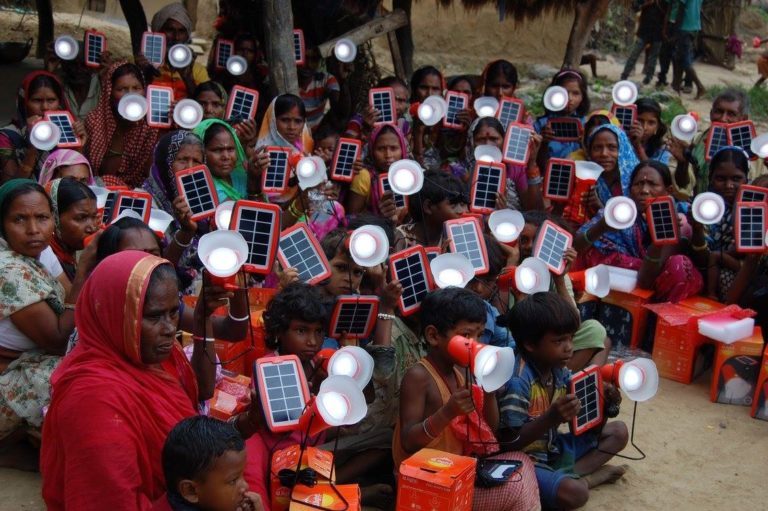
- Household Electrification in Rural India: Progress and Impact
Besides major efforts with institutional partners, the ISEP team also has a great deal of fun with our own special projects. This month we are examining the effectiveness of information campaigns in promoting household electrification and using quasi-random variation from some quirky rural electrification policies to rigorously assess the impact of household electricity access.

***
Johannes Urpelainen (@jurpelai) is the Prince Sultan Bin Abdulaziz Professor of Energy, Resources and Environment in the Paul H. Nitze School of Advanced International Studies (SAIS) at Johns Hopkins University. He is also the Founding Director of the Initiative for Sustainable Energy Policy (ISEP) at SAIS.
